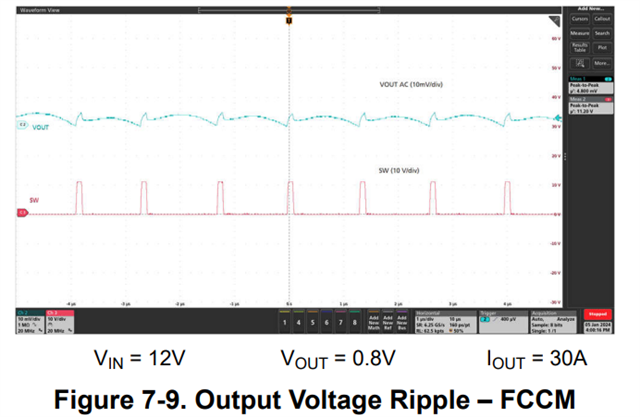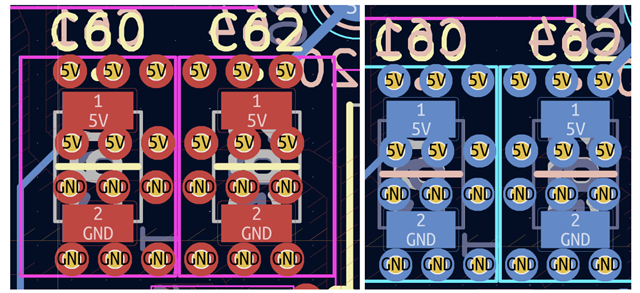Tool/software:
We are designing a power supply and have found a severe coil whine. After careful evaluation of our design, we realized there were two differences with the evaluation board:
1. We did not make FB / GOSNS with a differential pair track. 
2. We substituted L2 resistor 
for:
https://www.mouser.es/ProductDetail/Laird-Technologies/MGAH1004R68M-10?qs=By6Nw2ByBD3aICw2fHmD2Q%3D%3D
We are on the process of redesigning our board, and we will correct those two. Would it be safe to assume that coil whine is coming from either (or both) of those issues?
Best regards,












